#hardie gramatky
Text


Children's Bookmark
Designed by Hardie Gramatky
The Children's Book Council, Inc © Date Unknown
3 notes
·
View notes
Text

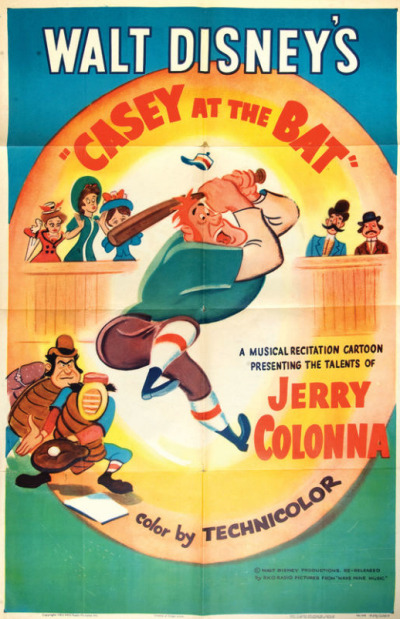
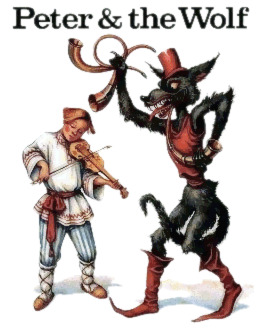
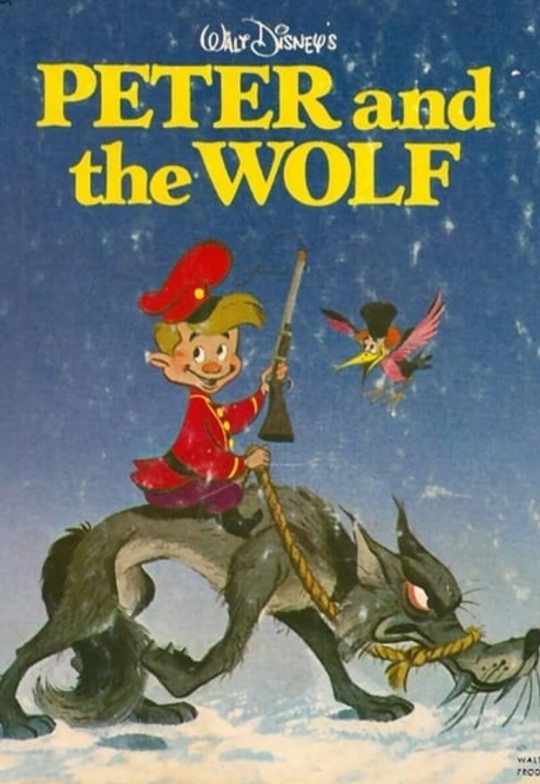



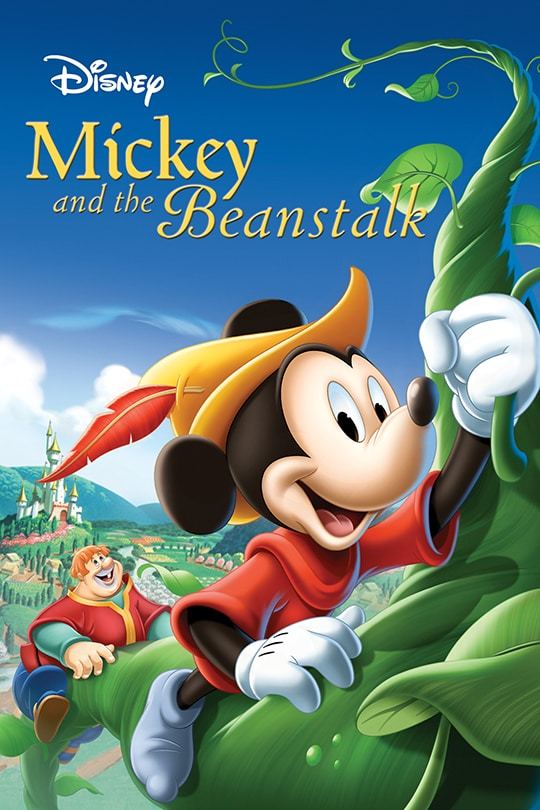
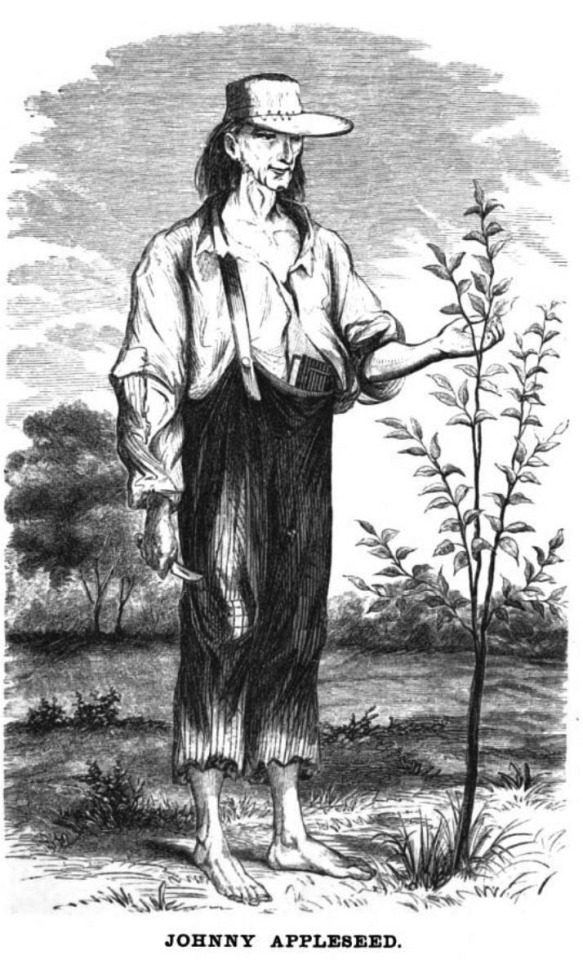


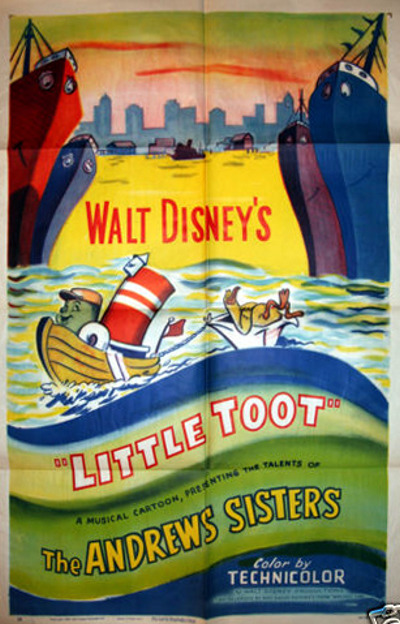
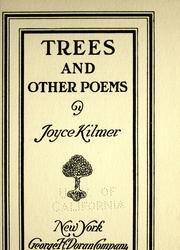
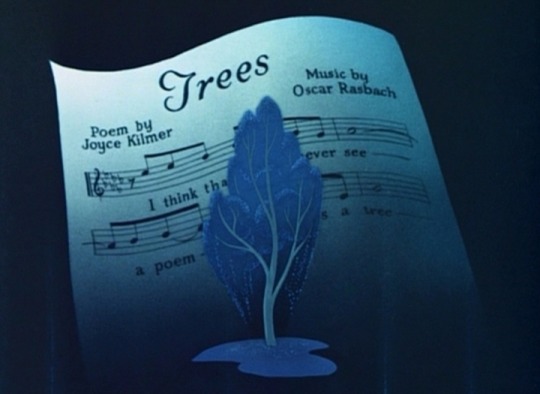

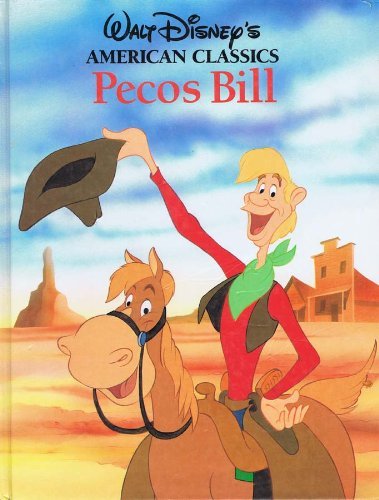

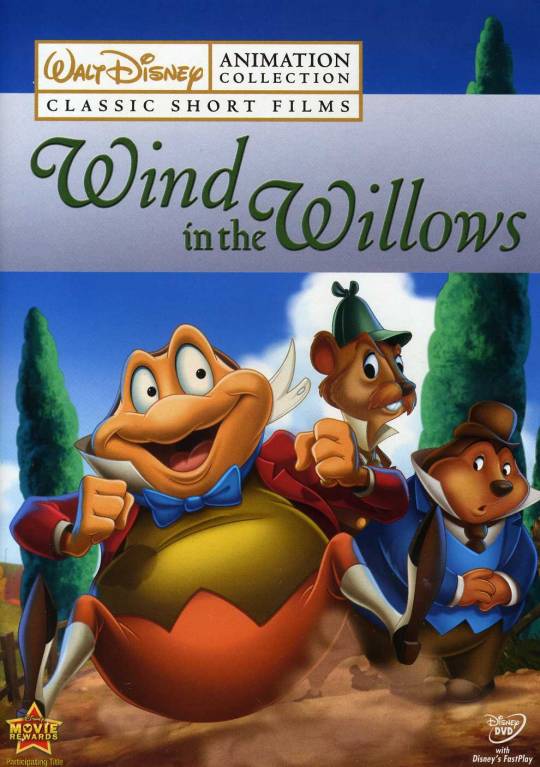

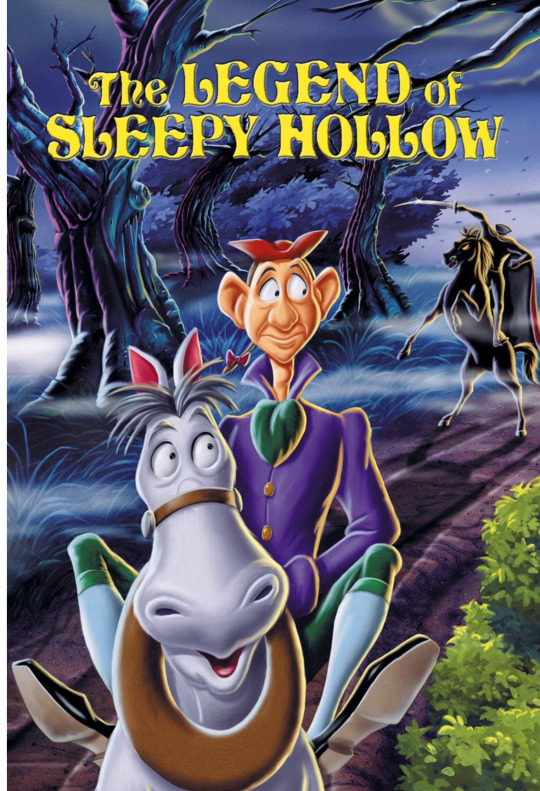
#disney#make mine music#casey at the bat#ernest thayer#peter and the wolf#sergei prokofiev#fun and fancy free#little bear bongo#sinclair lewis#mickey and the beanstalk#round about our coal fire#johnny appleseed#john chapman#little toot#hardie gramatky#trees#joyce kilmer#pecos bill#tex o'reilly#wind in the willows#kenneth grahame#the legend of sleepy hollow#washington irving
18 notes
·
View notes
Text

Hardie Gramatky (1907-1979)
Golden Glow, (Westport), 1967
Watercolor
7 notes
·
View notes
Photo

A Walk in the Garden by Hardie Gramatky via ImaginaryDwellings
14 notes
·
View notes
Text

There’s nothing more satisfying at work than correctly deciphering a book inscription:
To
Hardie Gramatky
with very best wishes,
from his friend,
Stow Wengenroth
1 note
·
View note
Link
Check out this listing I just added to my Poshmark closet: Little Toot Hardie Gramatky 1939 Weekly Reader Children's Book Club Vintage HC.
0 notes
Photo


Original pen and ink art for the Oct. 25, 1930 Mickey Mouse daily strip, featuring pencils by Floyd Gottfredson and inks by Hardie Gramatky. Very early strip! Nice!
122 notes
·
View notes
Photo
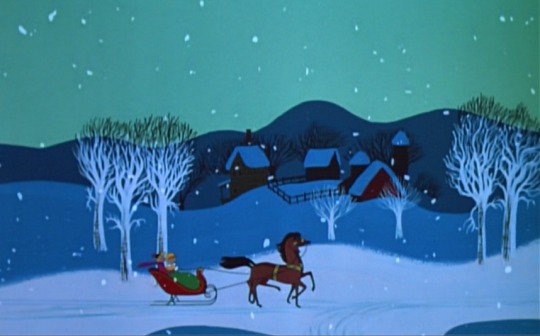
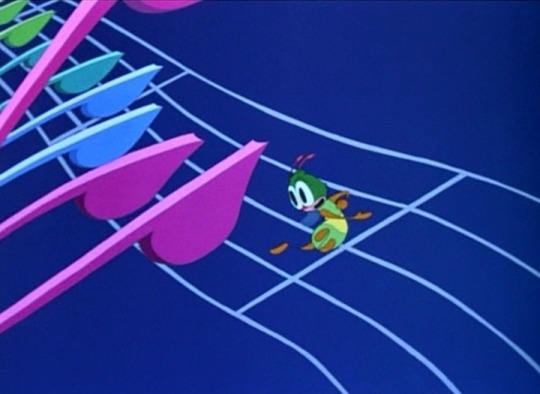

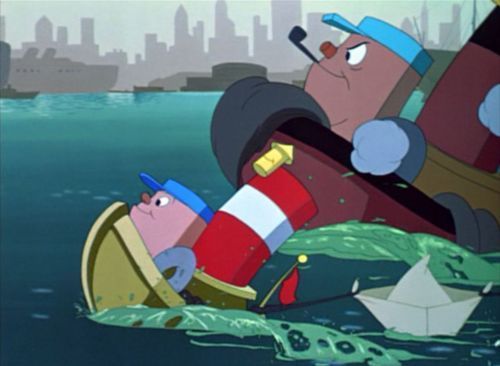
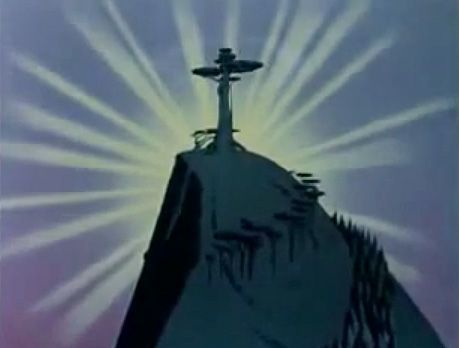


Melody Time (1948)
Disengaged and disinterested, Walt Disney was adrift at his own studio in the late 1940s. The studio’s modestly-budgeted package animated features were designed to save it from financial ruin. Yet, they required artistic and storytelling compromises that Disney was loathe to make. In this period, Disney shuffled personnel around the various departments – whether due to personal conflicts or dissatisfaction with their artistic approach on a certain film. Melody Time’s segments are of varying quality and limited experimentation, reflecting the organizational tumult within the studio. No standout moment exists in Melody Time, even though it is more energetic and looser than the preceding Fun and Fancy Free (1947).
The modern Walt Disney Company has advertised Melody Time as a film, “in the grand tradition of Disney’s greatest musical classics, such as Fantasia.” Audacious comparison to make, but functionally inaccurate. Fantasia, as imagined by Walt Disney, Deems Taylor, Leopold Stokowski, and the studio’s animators, was crafted so that its animation would empower the music (in cinema, the reverse – where music serves the action on-screen – is almost always a filmmaker’s approach). The reverse of that relationships holds here. Melody Time contains these seven segments, or “mini-musicals”: “Once Upon a Wintertime”, “Bumble Boogie”, “The Legend of Johnny Appleseed”, “Little Toot”, “Trees”, “Blame It on the Samba”, and “Pecos Bill”. Some of these mini-musicals are more watchable and more artistically interesting than others – although that standard is relatively low in Melody Time.
“Once Upon a Wintertime” is based on an overused Disney narrative template that never ceases to be a bore. A young couple are out and about, flirting and flitting, all while the woodland animals scurrying back and forth mirror human courtship. The segment, however, is partially redeemed by Frances Langford singing the segment’s title song (composed by Bobby Worth and Ray Gilbert) and the unmistakable influence of Mary Blair (1950’s Cinderella, the “It’s a Small World” attraction at Disneyland in Anaheim) in its aesthetic. With any piece of animation involving Mary Blair, one can expect an eye-catching use of color and her modernist art style. “Once Upon a Wintertime” is like a holiday card brought to animated life. Unlike a picturesque and meaningful holiday card, though, it overstays its welcome. But the stereotypical treatment of the young women appearing in “Once Upon a Wintertime” is, to put it mildly, clichéd writing at best. Hackneyed, too, is the fact that the woodland animals come to the human’s rescue.
Nikolai Rimsky-Korsakov’s Flight of the Bumblebee is one of the most recognizable (and overplayed) pieces of Western classical music, even to those folks who go out of their way to announce their distaste for classical music. Given a jazz rendition by the Freddy Martin Orchestra, “Bumble Boogie” is a thankfully brief three-minute foray. Here, an insect (that does not seem anything like a bee) flies through a series of surreal images – mostly parts of musical instruments (piano keys in particular) – that it must avoid. The segment is visually entertaining to watch, even if it must have been the easiest to prepare, design, and animated for in all of Melody Time. If placed in either Fantasia or Fantasia 2000, it would easily be the weakest Fantasia segment ever produced.
Third in the film is a segment that feels most like a classic Disney production. “The Legend of Johnny Appleseed” is Disney’s glorified and sanitized take on the eponymous American pioneer, nurseryman, conservationist, and missionary. Walt’s personal ideology and perspective on American history included the fulfillment of Manifest Destiny and the taming of the nation’s wilds as among humanity’s greatest achievements. These are notions that Walt – through his films, theme parks, television shows, and public and private remarks – never questioned. Narrated and with Johnny Appleseed voiced by Dennis Day, there is a sincerity to Johnny’s characterization not present anywhere else in the movie. Again, Mary Blair’s artwork – this time, her forested backgrounds – appears as if heaven-sent. The umbrella-like canopy of the apple trees and “untamed” forests are inviting, and attract one’s eyes upward – towards the apples, paradise.
The title song (sometimes referred to as “The Lord is Good to Me”) featured in the opening moments of “The Legend of Appleseed” is one of the earliest – and one of the few – mentions or depictions of religious faith in a Disney animated work. It reinforces the mythos that surrounds Johnny Appleseed (and, by extension, the belief that white men are divine heroes for civilizing the lands west of the original Thirteen Colonies) to the present day. I was not raised in any of the Abrahamic religions, but it difficult to deny the simple charm of the title song and this segment – even if it endorses a troublesome perspective on American history. “The Legend of Johnny Appleseed” is the best segment of Melody Time – from its unassuming storytelling and wondrous animation. It is the only Melody Time segment that I could possibly envision as a decent feature-length animated film.
Based on a 1939 children’s picture book of the same name Hardie Gramatky, “Little Toot” is a chore to sit through. The segment shares similar narrative and aesthetic tissue with Saludos Amigos’ (1942) “Pedro”, which concerned an anthropomorphic mail airplane that thinks it could. Along the Hudson River in New York City, Little Toot is a tiny tugboat who aspires to be like his father Big Toot. Just as in “Pedro”, this is a case of an anthropomorphized vehicle child who attempts to assume adult responsibility in order to prove that they can perform tasks as well as the adults can. Given that Little Toot is a meddling prankster playing tugboat games, it is difficult to feel much sympathy when he finally faces the consequences of his actions – which probably includes calamitous infrastructural damage and human casualties. Of course, Little Toot is eventually redeemed through some heroic deeds. All of the tugboats will love him, as they belt out with glee that Little Toot will go down in history. The segment is grating, including the novelty title song sung by The Andrews Sisters. Aside from some fascinating water effects, there is not much that “Little Toot” offers in the way of animated interest. Otherwise, it is least interesting segment of the film.
The palate-cleanser is “Trees”, a four-minute segment based on Joyce Kilmer’s poem of the same name (music composed by Oscar Rasbach and performed by Fred Waring and the Pennsylvanians). Its aesthetic harkens back to a few seconds near the end of the “Ave Maria” in Fantasia, but otherwise “Trees” is distinct from anything else that has appeared in the Disney animated canon. When setting to work on “Trees”, layout artist Ken O’Connor (1941’s Dumbo, 1987’s The Brave Little Toaster) found himself enamored by the concept art, and endeavored to be a faithful to the style set by the concept art as possible. To do this, O’Connor frosted cels before drawing pastel images onto the cel. Before being photographed by the studio’s multiplane camera, each cel was laminated in clear lacquer to prevent the pastel from smudging. Thanks to O’Connor’s experimentation, “Trees”, however fleeting, lays claim to some of the most beautiful animation among all of the package Disney animated features.
“Blame it on the Samba” sees a reunion of Donald Duck and Brazilian parrot José Carioca (Saludos Amigos, 1944’s The Three Caballeros) are walking about, depressed, directionless. Suddenly, they encounter the Aracuan Bird (who debuted in The Three Caballeros), who whisks them inside a cocktail that introduces them to the rhythmic pleasures of the samba. The segment’s title song is based on Ernesto Nazareth’s polka Apanhei-te, Cavaquinho, sung by The Dinning Sisters with adapted English lyrics, and accompanied by organist Ethel Smith (who appears as herself).
“Blame it on the Samba” feels like it should have been featured in either Saludos Amigos or The Three Caballeros – and that was the intention exactly. Intended to appear in Saludos Amigos, “Blame it on the Samba” was animated and completed in time for it to be incorporated in The Three Caballeros. Given Donald Duck’s lust for human women in the second half of the latter movie, “Blame it on the Samba” might have otherwise been a serviceable penultimate number in that film. The segment is an explosion of color, a kick in the rear for a movie that feels much longer than its seven-five-minute runtime might suggest. And yet in a segment for a music genre innovated in Brazil and popularized by Brazilians, the performers and the performance lack any discernible Brazilian influence or roots. This is not samba music. Instead, it is the culmination of what a white American might think samba music sounds like. This unfortunate development probably would have been avoided entirely if “Blame it on the Samba” appeared in those two aforementioned films instead.
“Pecos Bill”, based on the Texan folk hero of the same name, makes reference to American Indians in ghastly ways. Simultaneously, its absurd humor and lack of fidelity to sensible human behavior and physics make it a delight to watch. The segment also boasts the presence of Roy Rogers and the Pioneers (and Rogers’ horse, Trigger). Child actors Luana Patten and Bobby Driscoll, both of whom had just starred in Song of the South (1946), make brief appearances in the segment’s hybrid animation/live-action introduction. Rogers, then contracted to Republic Pictures, was one of the quintessential stars of the singing cowboy subgenre – singing cowboy movies were almost exclusively made by the “Poverty Row” studios including Republic, and they were extremely profitable against their barebones budgets). “Pecos Bill” all begins with the atmospheric, moody “Blue Shadows on the Trail”. “Blue Shadows on the Trail” describes and, through its spare instrumentation, reflects the emptiness and desolation of the American West. It is a beautiful ballad, and could easily be placed in any Western (singing cowboy movies or otherwise).
Once the hybrid animation/live-action introduction concludes, “Pecos Bill” steams forward with comic hyperbole followed by another comic hyperbole. The title song (music by Eliot Daniel, lyrics by Johnny Lange) doubles down on the exaggerations. Those exaggerations include the segment’s constant gunplay – escaping censorship from the Hays Code: a risqué gag that includes Pecos Bill’s guns going off because of love interest Slue Foot Sue. At least Melody Time ends brashly and riotously, but any impressionable children watching will require a discussion from a trusted adult. Its depictions of American Indians and men-women relations are deplorable, but after just over an hour of inconsistent quality, I found myself enjoying “Pecos Bill” more than I imagined.
Shortly after the release of Melody Time, Walt Disney embarked on a three-week cruise to Hawai’i. Walt rarely went vacationing, and he spent these weeks fully concentrating on his family and escaping from the minutiae of managing his studio. Even after returning from Hawai’i, Walt did not spend much time in Burbank. Walt invited animator and fellow train enthusiast Ward Kimball on a trip to the Midwest. Together, they attended the 1948 Chicago Railroad Fair, visited the Henry Ford Museum in Dearborn, Michigan, and stopped at other locations close to Walt’s childhood in the Midwest. Through the end of 1948, Walt spent more time constructing the train set in his backyard than paying attention to the animation and live-action movies his studio was producing. What seemed like idleness to many (including New York Times film critic Bosley Crowther, who believed that Disney was a cinematic genius wasting his time on quixotic projects) was a major inspiration for a draft sketch entitled “Mickey Mouse Park”, dated August 31, 1948.
The package era at Walt Disney Productions (now Walt Disney Animation Studios) was nearing its end. Every film during this run – Saludos Amigos (1942), The Three Caballeros (1944), Make Mine Music (1946), Fun and Fancy Free (1947), Melody Time, and The Adventures of Ichabod and Mr. Toad (1949) – faced the same narrative of Walt Disney’s personal indifference to the projects, a lack of direction and motivation among the animators, and audience and critic dissatisfaction when compared to Disney’s Golden Age movies. A return to non-package animated features would be imminent, in spite of Melody Time’s mediocre performance at the box office. The Disney studios would attempt to begin a period of renewal with a tradition that inaugurated their animated canon – with a fairy tale.
My rating: 6/10
^ Based on my personal imdb rating. Half-points are always rounded down. My interpretation of that ratings system can be found in the “Ratings system” page on my blog (as of July 1, 2020, tumblr is not permitting certain posts with links to appear on tag pages, so I cannot provide the URL).
For more of my reviews tagged “My Movie Odyssey”, check out the tag of the same name on my blog.
#Melody Time#Walt Disney#Mary Blair#Jack Kinney#Clyde Geronimi#Hamilton Luske#Wilfred Jackson#Roy Rogers#Dennis Day#The Andrews Sisters#Donald Duck#Jose Carioca#My Movie Odyssey
29 notes
·
View notes
Photo
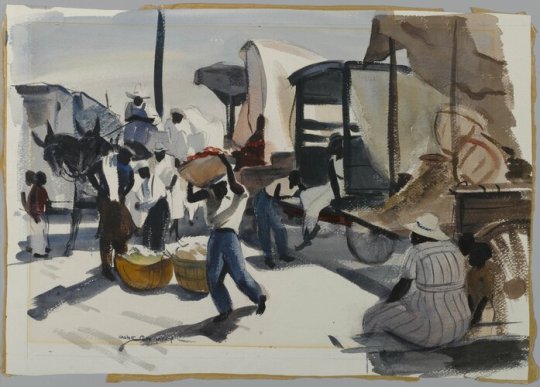
Market in New Orleans, Hardie Gramatky, ca. 1934, Brooklyn Museum: American Art
Size: 14 11/16 x 21 1/8 in. (37.3 x 53.7 cm)
Medium: Watercolor over graphite on cream, thick, rough-textured wove paper
https://www.brooklynmuseum.org/opencollection/objects/47549
2 notes
·
View notes
Text
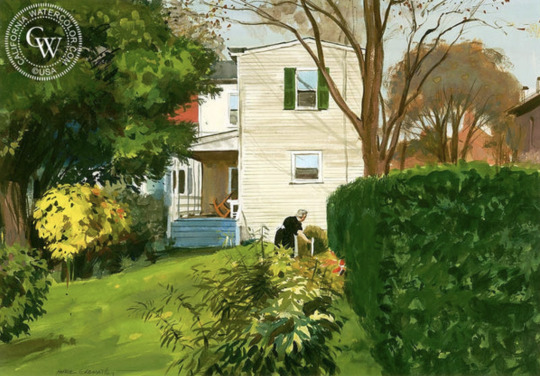
Hardie Gramatky (1907-1979)
House in New Castle, 1962
Watercolor
3 notes
·
View notes
Photo

Mickey Mouse daily newspaper comic strip penciled by Floyd Gottfredson inked by Hardie Gramatky - October 25,1930
2 notes
·
View notes
Photo

#UncensoredMouse #2 (1989) #WinSmith and #UbIwerks Art, #WaltDisney Stories Stories reprinted from #MickeyMouse comic strips of the 1930s. "The Real Mickey" article by Jim Korkis, inks by Win Smith; Article on the modern re-evaluation of Mickey Mouse. "Lost on a Desert Island, Part 2," script by Walt Disney, pencils by Win Smith and Ub Iwerks, inks by Win Smith; Mickey's quest for food leads him home to Minnie. "Death Valley, Part 1," script by Walt Disney and Floyd Gottfredson, pencils by Win Smith, Floyd Gottfredson, and Jack King, inks by Win Smith, Floyd Gottfredson, and Hardie Gramatky; Minnie comes into an inheritance, but her lawyer plots with Pegleg Pete to get it from her. https://www.amazon.com/dp/B08XSFXRN5
0 notes
Link
Check out this listing I just added to my Poshmark closet: Little Toot Hardie Gramatky 1939 Weekly Reader Children's Book Club Vintage HC.
0 notes
Text
Silly Symphony: Babes in the Woods
November 19 1932, 7 minutes 47 seconds
Directors: Burt Gillett
Producers: Walt Disney
Music: Bert Lewis
Animation: John Cannon Les Clark, Frenchy de Tremaudan, Ben Sharpsteen, Hardie Gramatky, Jack King, Dick Lundy, Tom Palmer, Eddie Donnelly, Bill Mason, Hamilton Luske, Ed Love, Bill Roberts, Joe D’lgalo, Art Babbitt, Louie Schmitt, Fred Spencer
Distributed by: United Artists, Cinephone (recorded)
0 notes
